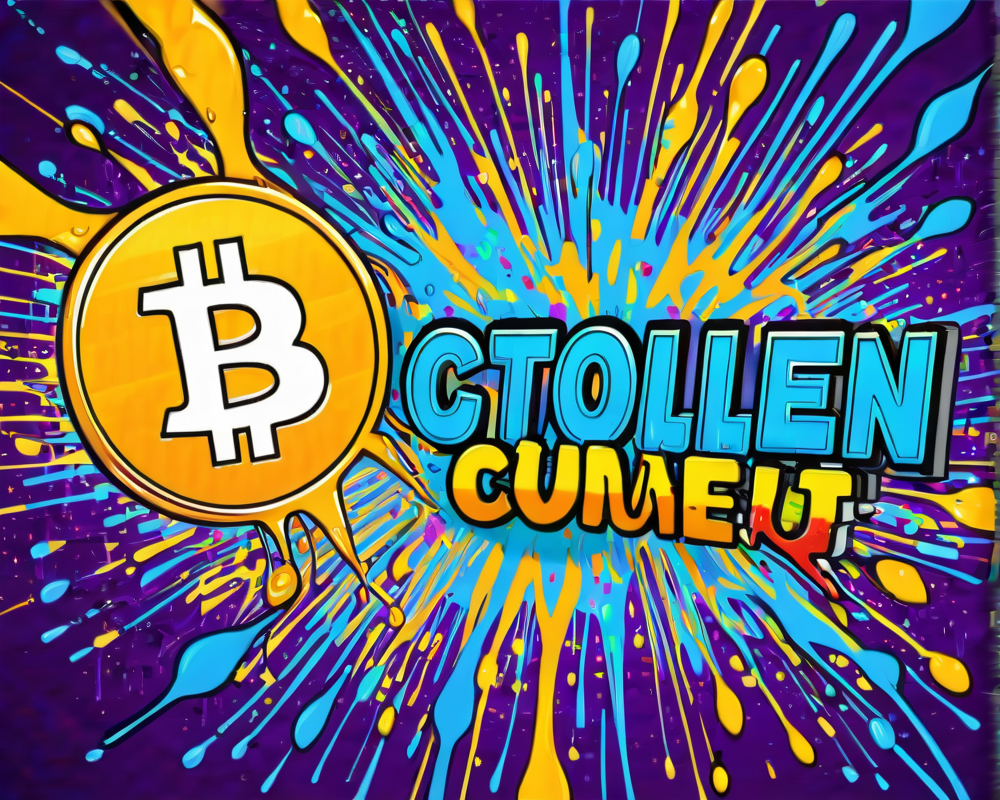Incident Overview
On March 17, a shocking incident shocked the cryptocurrency community when 150 BTC, roughly valued at $41,300, was pilfered from Coinapult’s hot wallet. The company confirmed the breach on Twitter, advising customers to refrain from sending Bitcoin to any of the existing Coinapult addresses. Talk about a digital heist!
Surprising Silence from the Hacker
To add a mystical twist to this debacle, the hacker has not yet moved the stolen funds. This anomaly can still be traced on the blockchain, leaving everyone scratching their heads. Perhaps they’re just waiting for the perfect moment to strike again or maybe they lost the password to their digital vault? Either way, this unusual silence has raised questions about their intentions.
Company Response and Investigation
According to the Coinapult team, investigations are ongoing to establish how this breach occurred. They’ve assured users that they are committed to fixing the vulnerabilities before re-enabling services. If this process takes longer than expected, Coinapult has promised to issue refunds manually—a silver lining in a tumultuous situation.
Security Measures and Vulnerabilities
- Access to the hot wallet is restricted to a select few with SSH keys.
- Only two individuals have physical access to the affected servers.
- The servers are housed in a tier-3 data center, boasting numerous layers of physical security.
Interestingly, another set of production servers stored over 500 BTC untouched. This leads to the theory that the hacker either didn’t know these additional servers existed or found them to be fortified fortresses to mess with.
The Need for Transparency in Crypto Security
While Coinapult has taken steps to isolate all hardware connected to the breach and conduct forensic analyses, the need for greater transparency in the cryptocurrency industry has never been more clear. Users shouldn’t be left in the dark after such incidents; imagine if we had clearer communication—perhaps users wouldn’t feel like they were caught in a suspense movie.
Despite Coinapult’s efforts to clarify the situation with a detailed breach document, the stakes are high. This level of transparency should be standard practice among all exchanges and wallet services. After all, who wants to be in a trustless world if we can’t trust our service providers?
A Takeaway Lesson from High-Profile Breaches
The history of cryptocurrency is littered with breaches that have left users devastated. From the infamous Mt. Gox to other platforms like Blockchain.info, Bitstamp, and Cavirtex, the lessons are clear: better access control and communication could prevent further calamities. Maybe it’s time for exchanges to follow a new motto: “When in doubt, communicate!”




